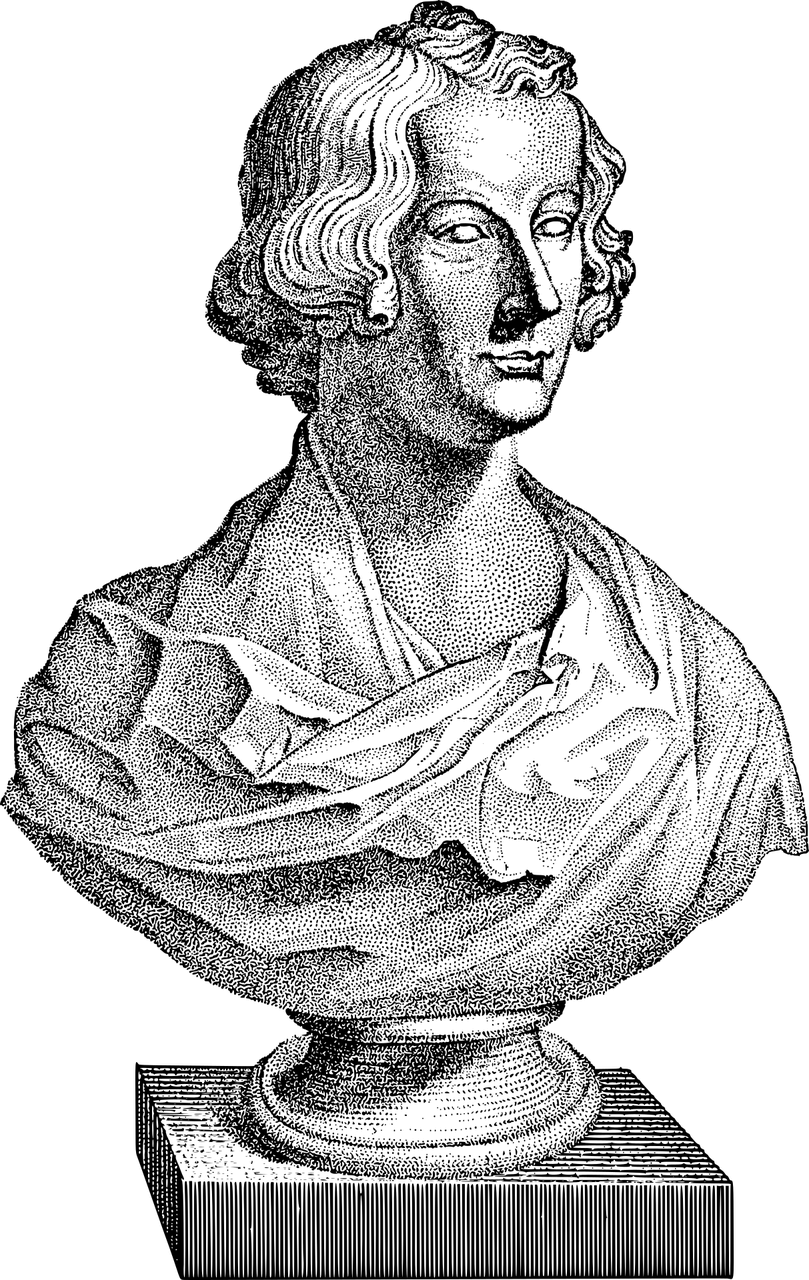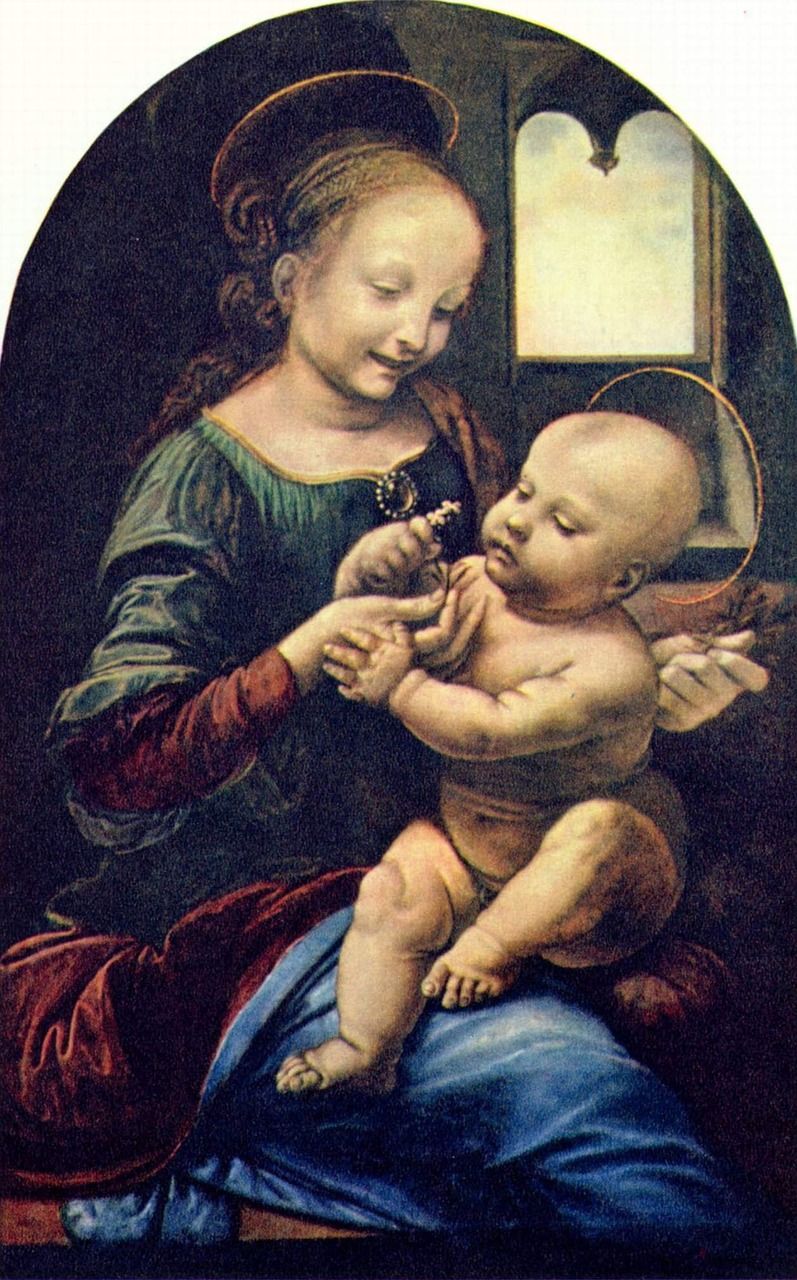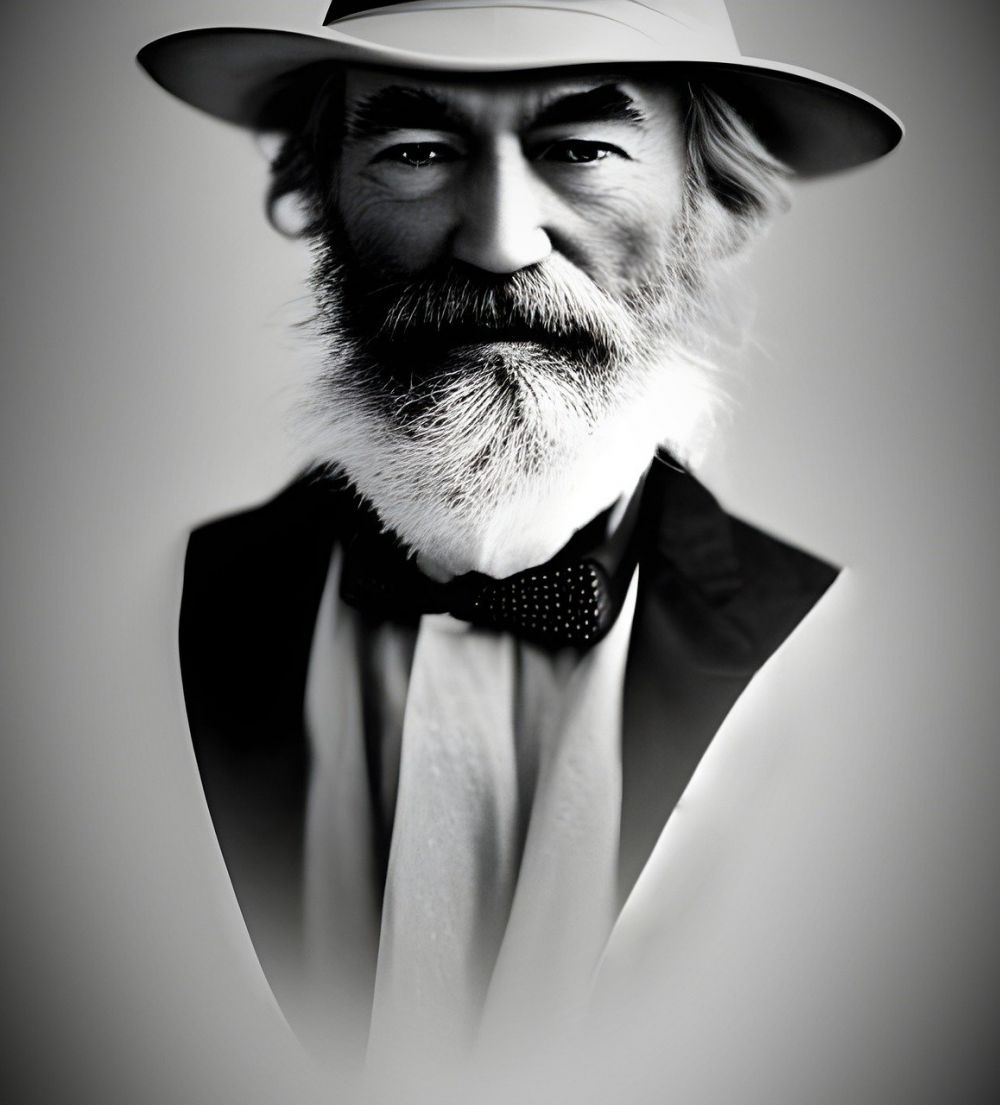Animal Farm by George Orwell: A Detailed Analysis of a Revolutionary Allegory
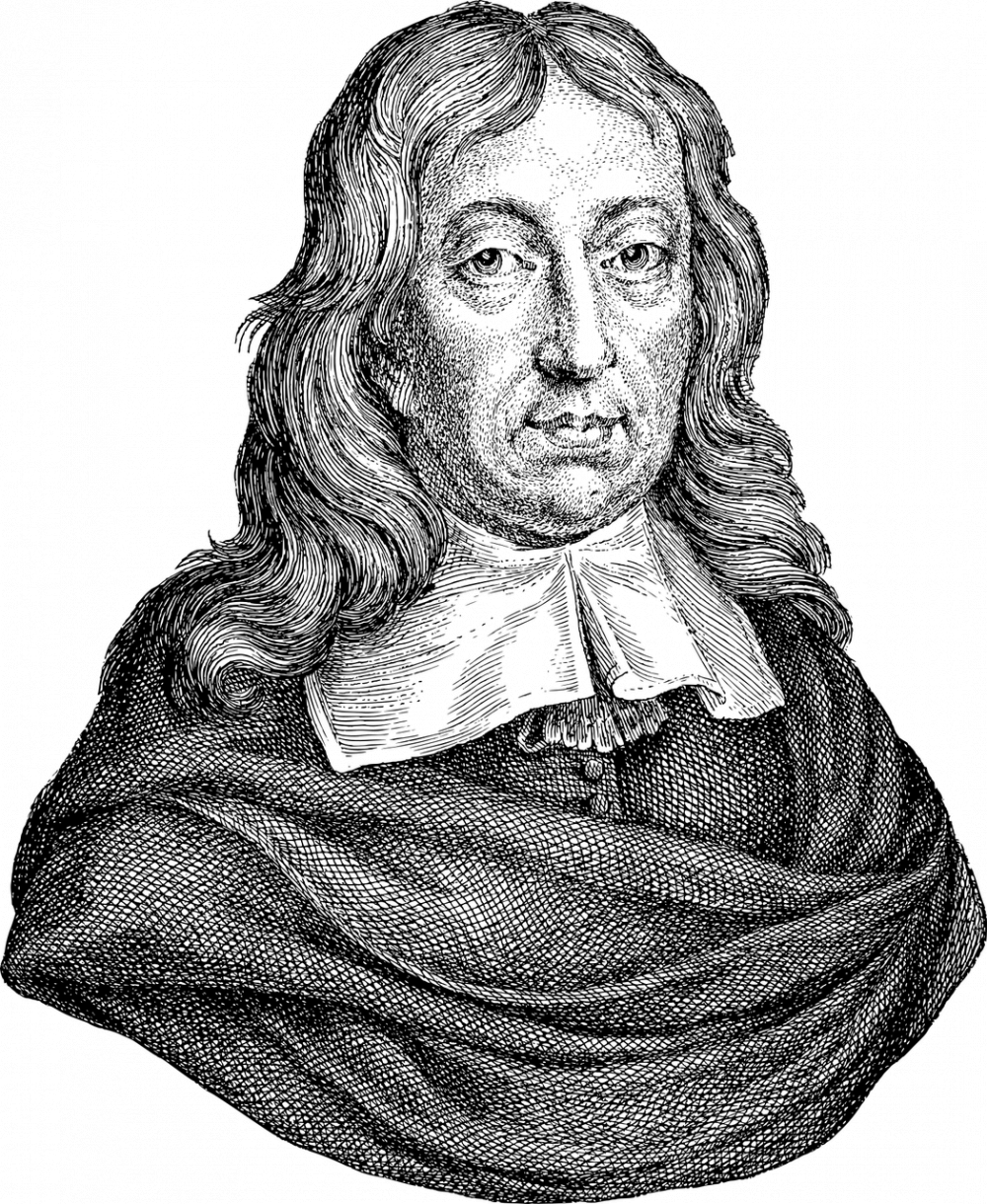
Introduction:
Animal Farm by George Orwell is a captivating novel that holds a prominent place in the literary world. Published in 1945, it serves as a powerful political allegory, exposing the flaws of totalitarianism in a thought-provoking manner. This article aims to provide a comprehensive understanding of Animal Farm for individuals interested in delving into this literary masterpiece.
Historical Context:
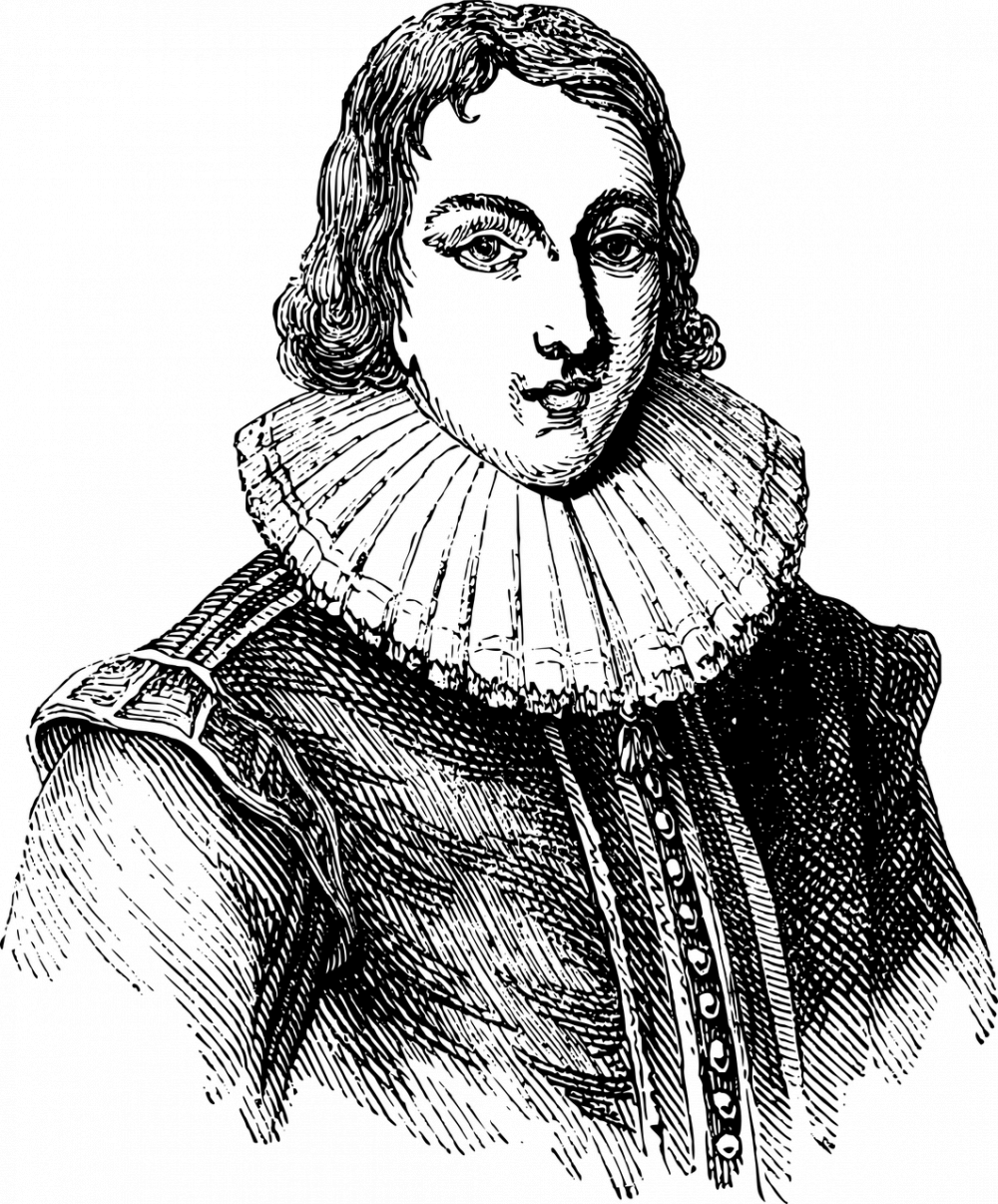
To fully appreciate the significance and impact of Animal Farm, it is essential to delve into the historical context surrounding its creation. Orwell wrote the novel during World War II, a time when the world was grappling with fascism and the rise of authoritarian regimes. Orwell, a staunch anticommunist, penned Animal Farm as a critique of the Soviet Union under Joseph Stalin’s rule.
Development of Animal Farm:
Animal Farm was initially met with mixed reviews upon its publication. While some praised its biting and satirical commentary on the abuse of power, others considered it a threat to the Communist cause. However, Orwell’s novel eventually garnered widespread acclaim and became one of the most influential works of literature in the 20th century.
Key Themes and Symbols:
Animal Farm employs various themes and symbols to convey its powerful message. The novel primarily explores the corrupting nature of power and the subsequent erosion of ideals. Each character represents a different facet of society and showcases the dangers of totalitarianism. From the idealistic pig, Snowball, to the power-hungry Napoleon, Animal Farm’s characters bring to life the harsh realities of political manipulation.
Structure of the Text:
To enhance the chances of this article appearing as a featured snippet on a Google search, the text has been strategically organized. Utilizing bulleted points can effectively highlight key information, increasing the likelihood of being shown as a featured snippet.
1. Introduction:
– Animal Farm: A Revolutionary Allegory by George Orwell
– Historical context during World War II
2. Development of Animal Farm:
– Mixed reception upon publication
– Widespread acclaim and continued relevance
3. Key Themes and Symbols:
– Corruption of power and erosion of ideals
– Characters as representations of society
4.
Analyzing Animal Farm’s Impact:
– Orwell’s critique of the Soviet Union
– Influence and relevance of the novel today
Analyzing Animal Farm’s Impact:
Animal Farm continues to resonate with readers worldwide due to its unflinching critique of totalitarianism. Orwell’s allegory holds a mirror to society, urging individuals to question authority, challenge oppression, and remain vigilant against the abuse of power. Despite being published over 75 years ago, Animal Farm remains as relevant and thought-provoking as ever.
Conclusion:
In conclusion, Animal Farm by George Orwell is a seminal novel that offers profound insights into the dangers of totalitarianism and the corruption of power. Its historical context, themes, and characters make it a literary masterpiece sure to captivate the minds of art enthusiasts and collectors alike. By delving into the intricate nuances of Animal Farm, readers can gain a deeper understanding of Orwell’s message and the impact it continues to have on society.



